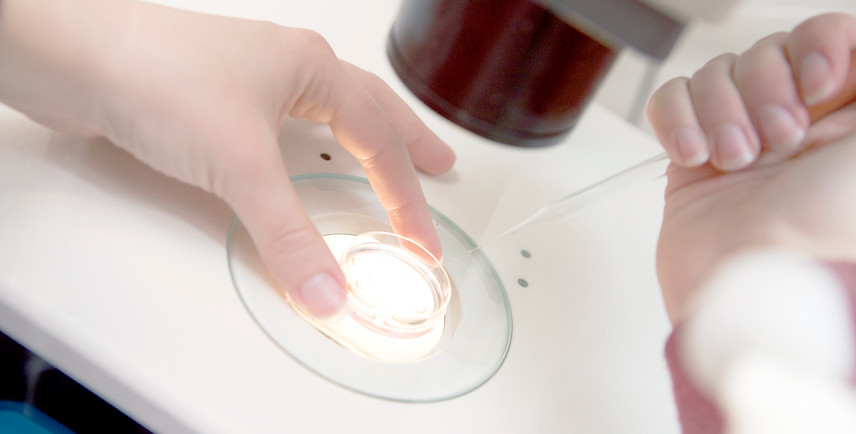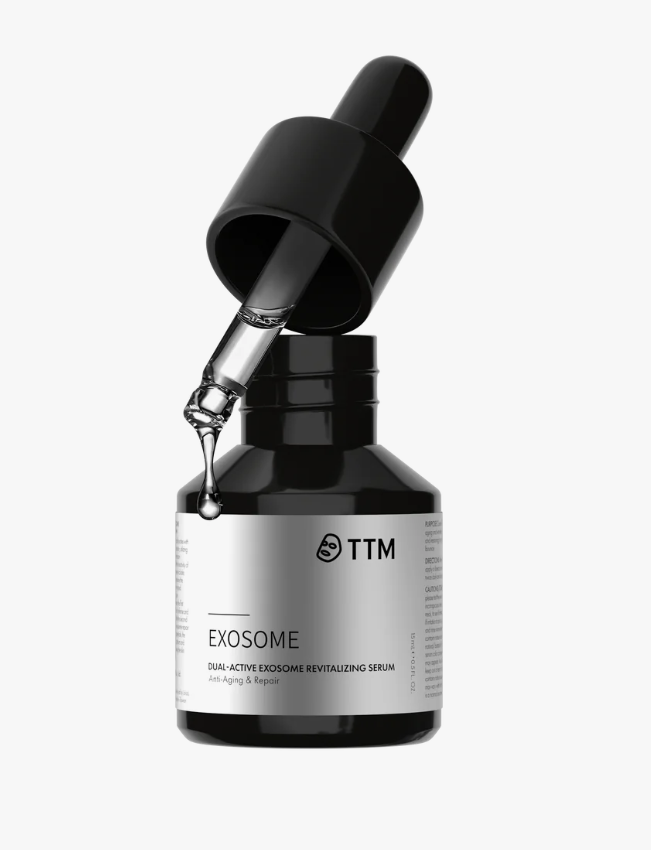Pre-IVF Preparation (Months Before IVF)
● Acupuncture Frequency: Once a week for both partners
● Additional Support: Herbal medicine to regulate hormones and improve blood flow
● How It Helps: Acupuncture may help balance hormones, improve ovarian function, and
enhance uterine blood flow, creating a more favorable environment for conception.
Research shows that acupuncture can regulate reproductive hormones such as
FSH and estrogen, improving ovarian function and follicular development (Wang
et al., 2023).
Ovarian Stimulation & Egg Retrieval (2 Weeks)
● Acupuncture Frequency: Once a week
● How It Helps: Acupuncture may improve ovarian response, regulate hormone levels,
and reduce stress.
Studies suggest that acupuncture combined with controlled ovarian
hyperstimulation improves implantation rates, the number of oocytes retrieved,
and endometrial thickness (Wang et al., 2023)
Embryo Transfer Week
● Acupuncture Frequency: Twice a week (ideally once before and once after transfer)
● How It Helps: Enhances endometrial receptivity, reduces uterine contractions, and
supports embryo implantation.
Acupuncture has been shown to improve uterine blood flow and endometrial
thickness, which are crucial for successful implantation (Zhou et al., 2025).
Post-Transfer Period (2 Weeks)
● Acupuncture Frequency: 1-2 times per week
● How It Helps: Supports hormone balance, improves blood circulation, and reduces
stress.
Research indicates that acupuncture reduces stress hormone levels, which can
improve IVF success rates (Domar et al., 2009).
First Trimester (Weeks 4-12)
● Acupuncture Frequency: Once a week; if severe morning sickness or spotting occurs,
increase to twice a week
● How It Helps: Supports progesterone levels, improves uterine circulation, and helps
prevent miscarriage.
A study found that acupuncture may help sustain pregnancy by supporting
progesterone levels and reducing uterine contractions (Xiong et al., 2015). Another research suggests acupuncture may have a role in treating threatened
miscarriage by improving blood flow and reducing uterine spasms (Betts et al.,
2016).
Second Trimester Onward
● Acupuncture Frequency: Once every other week
● How It Helps: Supports overall maternal well-being and reduces pregnancy discomforts
References
1. Betts D, Smith CA, Dahlen HG. (2016). Does acupuncture have a role in the treatment of
threatened miscarriage? Findings from a feasibility randomised trial and semi-structured
participant interviews. BMC Pregnancy Childbirth, 16(1), 298.
2. Domar AD, Meshay I, Kelliher J, Alper M, Powers RD. (2009). The impact of
acupuncture on in vitro fertilization outcome. Fertil Steril, 91(3), 723-6.
3. Wang RR, Su MH, Liu LY, Lai YY, et al. (2023). Systematic review of acupuncture to
improve ovarian function in women with poor ovarian response. Front Endocrinol
(Lausanne).
4. Zhou Q, Song L, Ma J, Tang D, et al. (2025). Acupuncture and Bushen Quyu decoction
improved endometrial receptivity, hormone secretion, and uterine artery blood flow for
repeated implantation failure patients undergoing in vitro fertilization and embryo
transfer. Drug Discov Ther, 18(6), 362-367.
5. Xiong F, Gui J, Yang W, Li J, Huang GY. (2015). Effects of acupuncture on progesterone
and prolactin in rats of embryo implantation dysfunction. Chin J Integr Med, 21(1), 58-66.




























